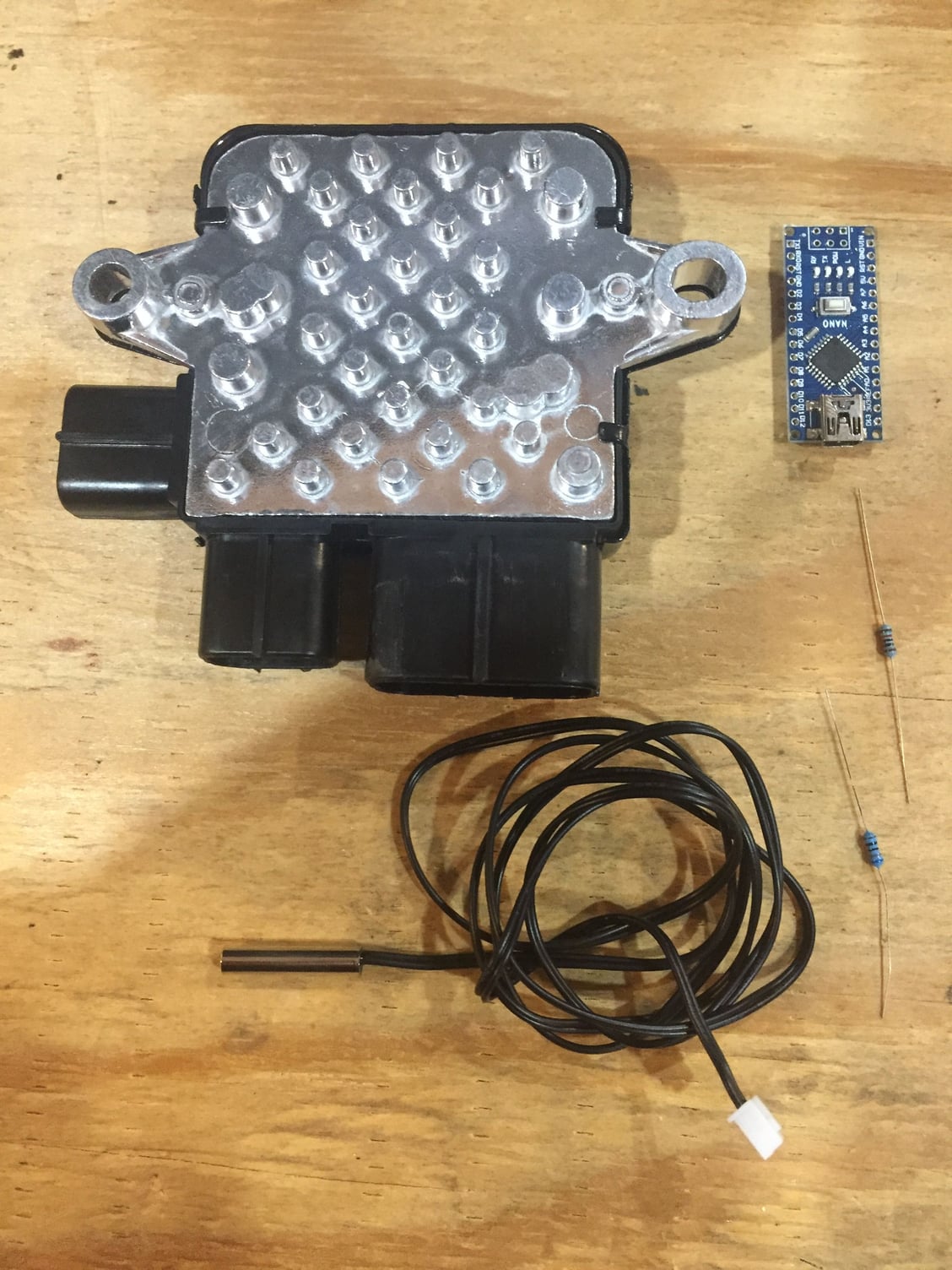Jonohhh
True Classic
As promised before, here are some pictures of the pump in its final position.
One of the hoses is quite simple, a straight shot to the OEM coolant feed pipe. The second hose for the pump inlet isn't so friendly and will require a Z shaped hose in order to line up.
I was able to get some hoses from the auto parts store that I may be able to get to work.
Ignore the crappy sheet metal bracket, it was thrown together in less than an hour as a way to determine final dimensions for the plastic final product, whenever that becomes the priority over getting the electronics and routing sorted first.
Last night I also got the pump controller harness made. I made a slight change to my initial plan of using the oil pressure switch as the engine on/off signal. Instead, (thanks to a suggestion from someone, maybe kmead) I'll be using the fuel pump power signal.
This way, as soon as the starter engages, the after run function cancels so that the cooling system does not try to pull a lot of power while the starter is engaged.
The controllers after run strategy uses high cooling power (fans and pump) for a short period of time, rather than a longer time period with lower speed, so I wanted to make sure the starter would not have to fight for power alongside the fans and pump.


One of the hoses is quite simple, a straight shot to the OEM coolant feed pipe. The second hose for the pump inlet isn't so friendly and will require a Z shaped hose in order to line up.
I was able to get some hoses from the auto parts store that I may be able to get to work.
Ignore the crappy sheet metal bracket, it was thrown together in less than an hour as a way to determine final dimensions for the plastic final product, whenever that becomes the priority over getting the electronics and routing sorted first.
Last night I also got the pump controller harness made. I made a slight change to my initial plan of using the oil pressure switch as the engine on/off signal. Instead, (thanks to a suggestion from someone, maybe kmead) I'll be using the fuel pump power signal.
This way, as soon as the starter engages, the after run function cancels so that the cooling system does not try to pull a lot of power while the starter is engaged.
The controllers after run strategy uses high cooling power (fans and pump) for a short period of time, rather than a longer time period with lower speed, so I wanted to make sure the starter would not have to fight for power alongside the fans and pump.

